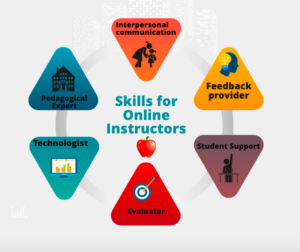In week 5, the questions about planning for situational factors are pivotal to exploring the unique dynamics of the virtual learning environment, diverse student profiles, and the subject matter. Initially, this intentional approach prompted me to assess my technological proficiency and awareness of available tools for an online platform. While this is essential to ensure a robust online learning experience, it did not constitute the most impactful aspect of my learning from this activity.
As I continued deliberately reflecting, a significant aspect emerged: the recognition of my students. While I was aware of their rich life experiences, which contribute as valuable resources in the learning process, I had not thoroughly considered their purpose for being there. Unlike children mandated to attend school, these students have chosen their career paths, often balancing full-time work and family responsibilities. Their commitment to working with vulnerable students reflects their compassion, empathy, patience, and resilience. Those drawn to this profession are inherently motivated to positively impact the lives of vulnerable students, viewing their work as a meaningful contribution to a student’s education and quality of life.
This newfound understanding of my students reinforces the importance of what I teach. It compels me to respect their limited time due to other obligations, provide technology for engagement, and, most importantly, recognize who they are and why they chose this career path. Their choice is an intentional act of service, and keeping this forefront in my perspective is essential to cultivating an online learning environment that serves as a role model for my students.



Recent Comments